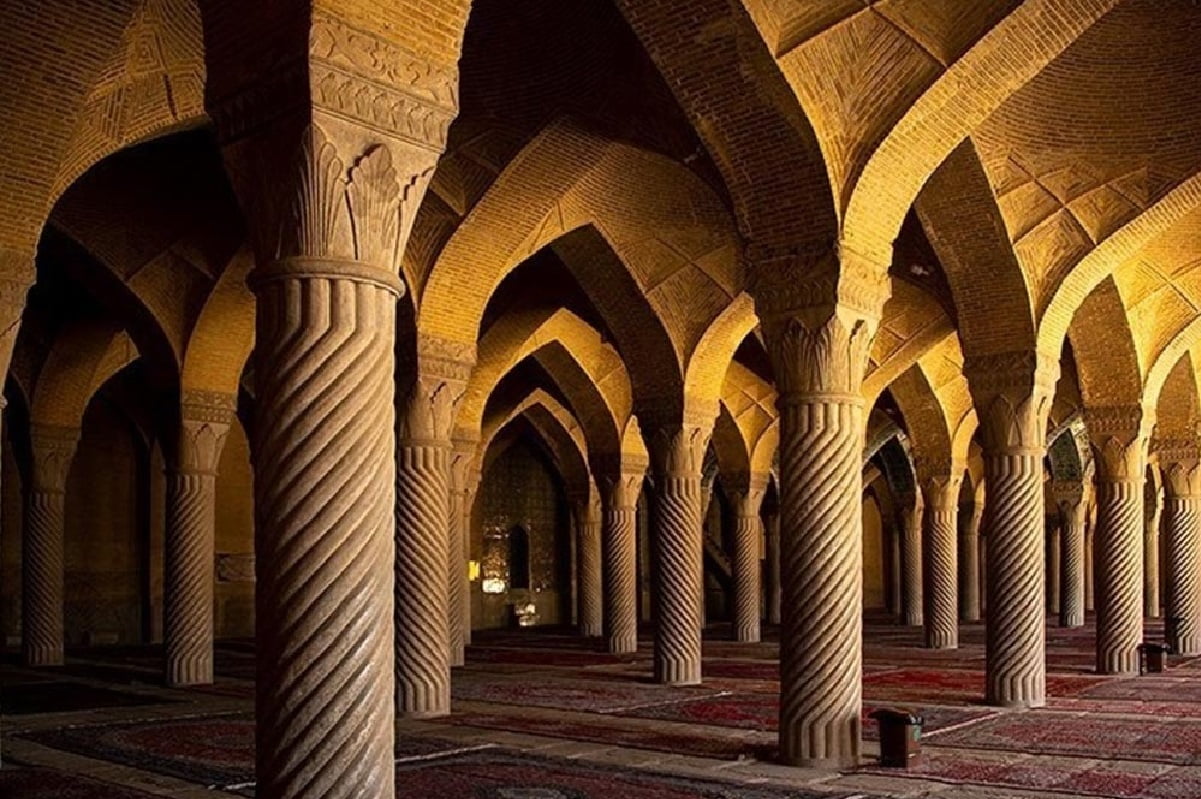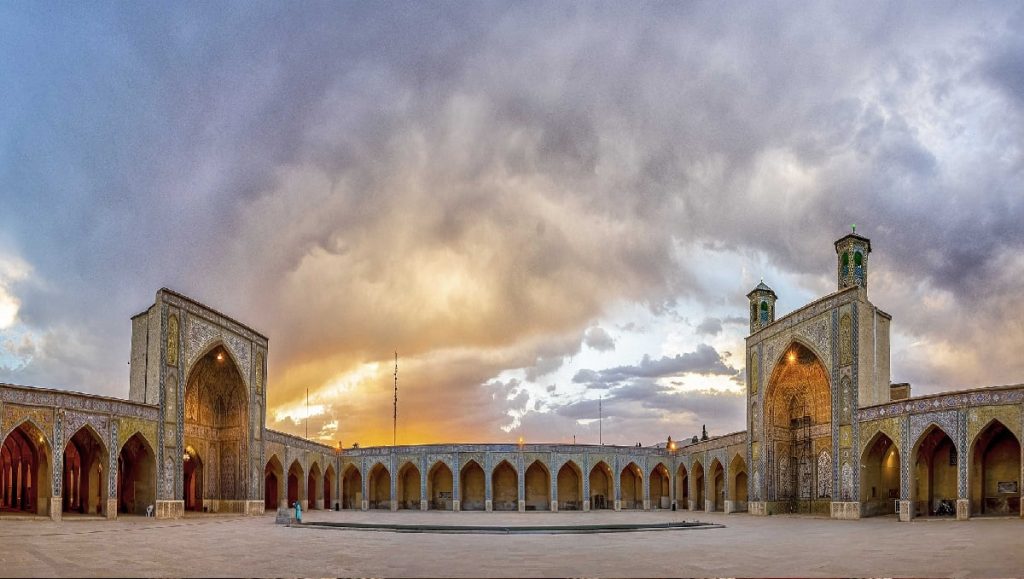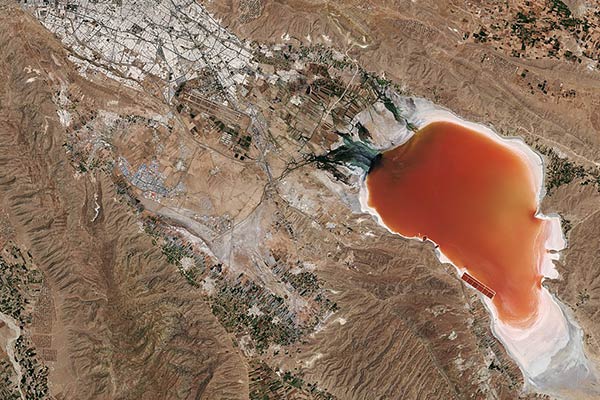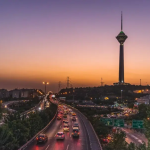The Vakil Mosque is one of Shiraz’s most important cultural sites, and it represents the city’s rich history and cultural heritage. It is a testament to the beauty and sophistication of Iranian architecture and design.
History of the Vakil Mosque

Construction and design
The Vakil Mosque was built in the 18th century during the Zand dynasty, which ruled Iran from 1751 to 1794. The mosque was designed by Karim Khan, the founder of the Zand dynasty, and was built by his chief architect, Mohammad Taqi Khan Shirazi.
Role in the Zand dynasty
The Vakil Mosque played an important role in the Zand dynasty, serving as a center for religious and educational activities. It was also used for political gatherings and ceremonies, including the coronation of Karim Khan as king of Iran.
Restoration and preservation
In the 20th century, the Vakil Mosque underwent several restoration projects to preserve its historic architecture and design. The most recent restoration project was completed in 2002, and the mosque is now open to the public as a cultural site and tourist attraction.
read also: Vakil Bath
The architecture of the Vakil Mosque
Exterior design
The exterior of the Vakil Mosque is known for its simple yet elegant design. It features a large entrance portal with two minarets, a central courtyard, and a prayer hall with a large dome. The mosque is made of brick and is decorated with intricate tilework and plasterwork.
Interior design
The interior of the Vakil Mosque is known for its beautiful decorative elements, including intricate tilework, plasterwork, and calligraphy. The prayer hall has a large dome that is decorated with beautiful geometric patterns and floral designs. The mihrab, or prayer niche, is made of marble and is decorated with intricate carvings and calligraphy.
read also: Vakil Bazaar
Columns
The Vakil Mosque features a series of impressive columns that are an important architectural element of the mosque. The columns are made of stone and are decorated with intricate geometric patterns and calligraphy.
The columns in the Vakil Mosque are arranged in a series of rows that run along the length of the mosque’s prayer hall. Each row of columns is made up of a series of identical columns that are spaced evenly apart. The columns are topped with decorative capitals that are carved with intricate patterns and designs.
One of the most striking features of the Vakil Mosque’s columns is their decorative elements. The columns are decorated with intricate geometric patterns that are created using a combination of circles, squares, and triangles. The patterns are highly symmetrical and precise, and they are arranged in a repeating pattern that creates a visually stunning effect. The columns are also decorated with calligraphy, which features verses from the Quran and other religious texts.
The columns in the Vakil Mosque are also notable for their size and scale. They are relatively large and are designed to support the weight of the mosque’s large dome. The columns are arranged in rows that create a sense of rhythm and repetition, which contributes to the overall harmony and balance of the mosque’s design.
Dome
The dome of the Vakil Mosque is one of the most impressive architectural features of the mosque. It is a large dome that spans the mosque’s central prayer hall and is made of brick and plaster.
The dome of the Vakil Mosque is notable for its size and scale. It is relatively large and is designed to create a sense of grandeur and spaciousness in the mosque’s prayer hall. The dome is supported by a series of arches and columns that are arranged in a circular pattern around the perimeter of the prayer hall.
The dome is also notable for its decorative elements. It is decorated with intricate geometric patterns and floral designs that are created using a combination of plaster and tilework. The patterns are highly symmetrical and precise, and they are arranged in a repeating pattern that creates a visually stunning effect. The dome’s decorative elements are enhanced by the use of light, which filters through the dome’s small windows and casts intricate patterns on the mosque’s interior walls and floors.
Another notable feature of the dome is its acoustics. The dome’s design is carefully engineered to create a sense of resonance and echo in the mosque’s prayer hall. This creates a sense of spiritual power and awe in the mosque’s worshippers, and it enhances the overall sense of grandeur and majesty that is present in the mosque’s design.
read also : visiting Shahcheragh Shrine in Shiraz
Mihrab
The mihrab of the Vakil Mosque is one of the most important architectural features of the mosque. The mihrab is a semi-circular niche in the mosque’s qibla wall that indicates the direction of Mecca, the holiest city in Islam. The mihrab is the focal point of the mosque’s prayer hall and is a symbol of the mosque’s spiritual and religious significance.
The mihrab of the Vakil Mosque is made of marble and is decorated with intricate geometric patterns and calligraphy. The patterns are created using a combination of circles, squares, and triangles, and they are arranged in a highly symmetrical and precise manner. The calligraphy is also highly intricate and precise, and it features verses from the Quran and other religious texts.
The mihrab is topped with a half-dome that is decorated with intricate plasterwork and tilework. The half-dome is supported by a series of columns that are decorated with beautiful geometric patterns and floral designs. The columns are arranged in a symmetrical pattern that creates a sense of balance and harmony in the mosque’s design.
The mihrab of the Vakil Mosque is notable for its size and scale. It is relatively large and is designed to create a sense of grandeur and importance in the mosque’s prayer hall. The mihrab is also notable for its location in the mosque’s qibla wall, which is the wall that faces Mecca. This makes the mihrab the most important feature of the mosque’s interior, and it serves as a focal point for the mosque’s worshippers.
read also: visiting Quran Gate in Shiraz
Cultural Significance of the Vakil Mosque
Importance to Iranian history and cultur
The Vakil Mosque is an important part of Iranian history and culture. It represents the beauty and sophistication of Iranian architecture and design and is a testament to the country’s rich cultural heritage.
Role in religion and education
The Vakil Mosque has played an important role in religion and education in Iran. It has served as a center for religious and educational activities for centuries, and it continues to be an important site for religious ceremonies and gatherings.
Influence on architecture and design in Iran
The Vakil Mosque has had a significant influence on architecture and design in Iran. Its elegant and simple design has inspired many other buildings throughout the country, and its decorative elements have become an important part of Iranian architectural and design traditions.


























One Response
Hurrah! In the end I got a blog from where I can truly
take useful data regarding my study and
knowledge.